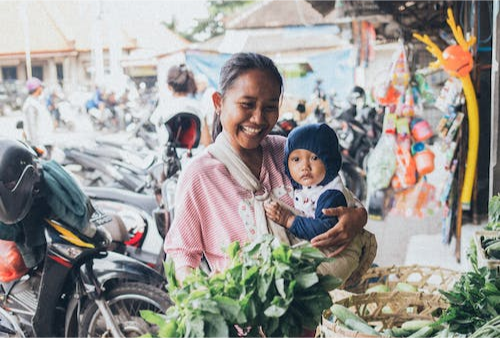New Year: shared traditions

Once Christmas is over, we find ourselves looking forward to another of our favourite holidays: New Year! The family and friends gathering, the great dinner, the countdown before midnight, the fireworks display, and the emotional celebration are some of the traditional elements that we surely think of when we refer to this date.
However, we are not limited to just these traditions. There are some others that are also performed around the world. Interestingly, we give these traditions different meanings although we perform the same. Hence, we want to share with you some of them and what is their purpose in other countries.
- To clean up the house
Doing a thorough cleaning of the house and removing everything that is no longer needed is a common tradition in Mexico and other Latin American countries. By doing this, the following year will bring abundance and prosperity, although it may seem like a difficult task.
People in Japan take this tradition further than cleaning the house. They clean workplaces, temples and schools. They designate a specific day to do this cleaning with great commitment, starting early in the morning. This tradition is a way to start the year off right, leaving in the past the unnecessary loads. It is called Oosouji, which is translated as “great cleaning”.
- To eat lentils
Although it is performed in Mexico, this tradition is from Italy. It is very common for Italian people to have lentils as part of the menu on the December 31st dinner. Lentils symbolize wealth, due to their similarity to ancient coins. Some people even place them in wallets and bags where there is usually money.
- To eat 12 grapes
This originally Spanish tradition has reached the entire world, including countries such as France, England, the United States, Italy, and Latin American countries like Mexico, of course. According to the vox populi, each grape represents a month of the coming year, and eating them symbolises good luck; Thus, in order to achieve good luck throughout the year, each grape must be eaten one by one along the bells tolling 12 times.
- Bell Tolling
Speaking of bells, we may consider this one as a quite popular tradition. Generally, when midnight arrives, bells are tolled 12 times representing the 12 months of the year. This practice was born in Spain and is currently done in Mexico, Ecuador, Peru, Colombia and many other countries.
In Japan, instead of this, Buddhist temples toll their bells 108 times, to get rid of 108 “defects” that bring trouble to people. They call this tradition Jyoya no kane (除夜の鐘), which is translated as “New Year’s Eve bell”.
- To watch the first sunrise of the year
This is an important tradition in which we welcome the New Year and all that it’s bringing. Due to this fact, we aren’t the only ones who do it. In South Korea and Japan, for example, they even travel for hours to witness the first sunrise from the beach or from a mountain. It is very common to make wishes when you see the first sunshine.
- To visit friends and family
The first day of the year is a special day. We usually go to visit our relatives to deliver our best wishes to them in the new current year. Something curious about this tradition is that in England the first person who visits you settles how the year will go for you. If the first person who enters your house is a dark-haired man, it will suit you well, but if it is a blonde or redhead woman, it will bring you bad luck; This belief is associated with the history of Vikings invading England to loot.
Have you ever participated in any of these traditions? Do you know any other? Let us know in the comments!
HANXUE SCHOOL WISHES YOU A HAPPY NEW YEAR!



